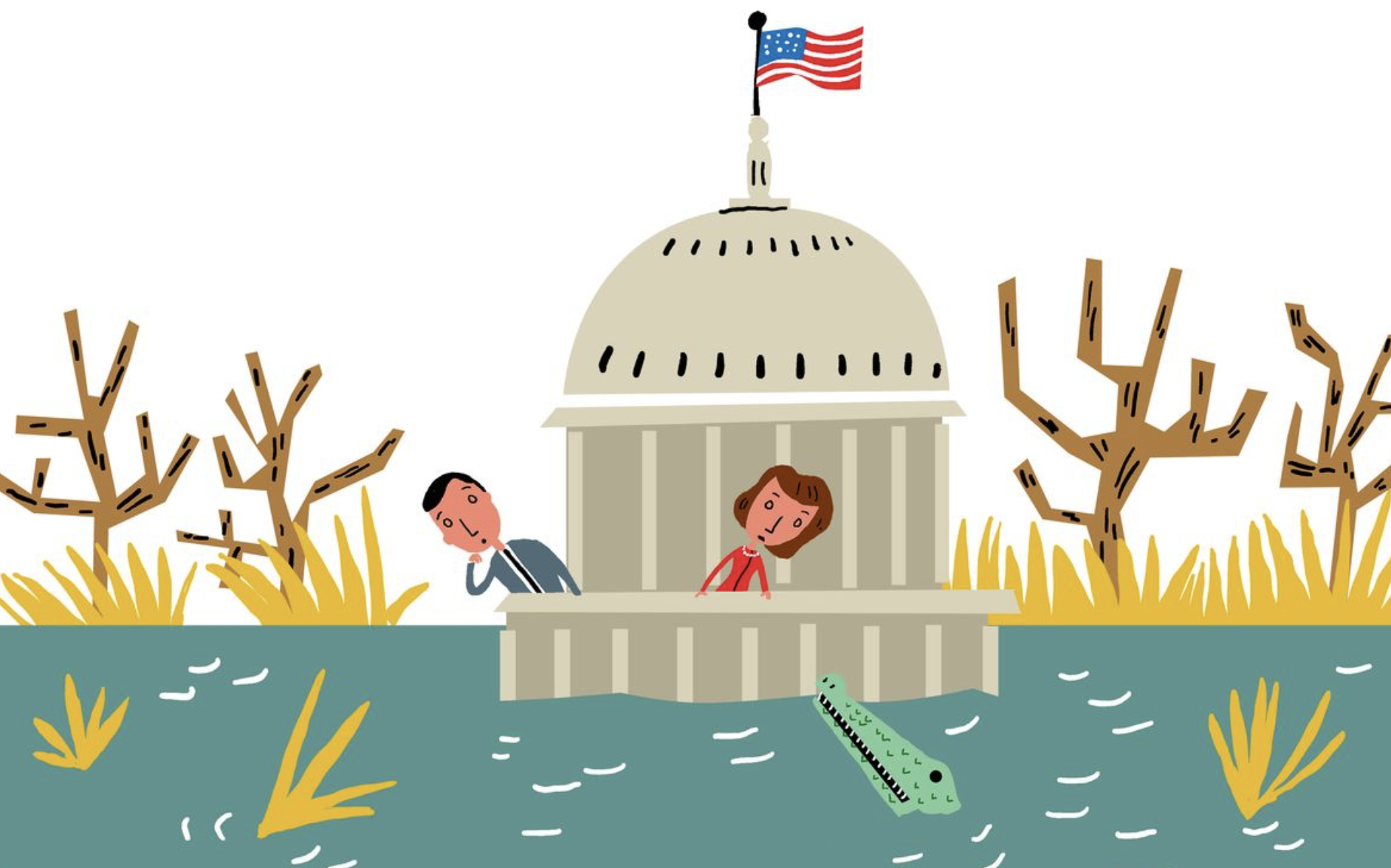Kerby Anderson
There are many reasons why politicians talk about “draining the swamp.” The federal bureaucracy is bloated. Our taxes don’t even cover all the costs of the executive branch in the federal government.
Economist Stephen Moore argues that “The Case for Draining the Swamp Is Stronger Than Ever.” He reminds us that the latest official employment report finds once again that “the federal government and state-local hiring spree is still in full gear.” Government and health care are hiring many more people than the ones hired by the private sector.
Although there are more government workers than ever before, he says, “good luck finding them or getting them on the phone. This is because so few of them are actually physically on the job.” He has the statistics to back up that claim.
A recent Federal News Network survey of federal workers finds only six percent are working full time in the office. Even more surprising, it reports that thirty percent are full-time remote. No wonder so many of the offices in Washington, DC buildings are empty, especially on Fridays.
When we compare these percentages to the private sector, we discover that federal employees are three times more likely to be working remotely either some or all the time. The irony is that three years ago the federal government issued an order to federal employees to return to work post-COVID-19. Thousands ignored the order.
Stephen Moore has a solution: stop hiring new people. The government is losing almost $2 trillion a year. How about a hiring freeze until we get government spending under control? He adds that if government needs more revenue, it should start selling half-empty federal buildings.
This is one of many good reasons to drain the swamp.
 Listen Online
Listen Online Watch Online
Watch Online Find a Station in Your Area
Find a Station in Your Area










 Listen Now
Listen Now Watch Online
Watch Online
